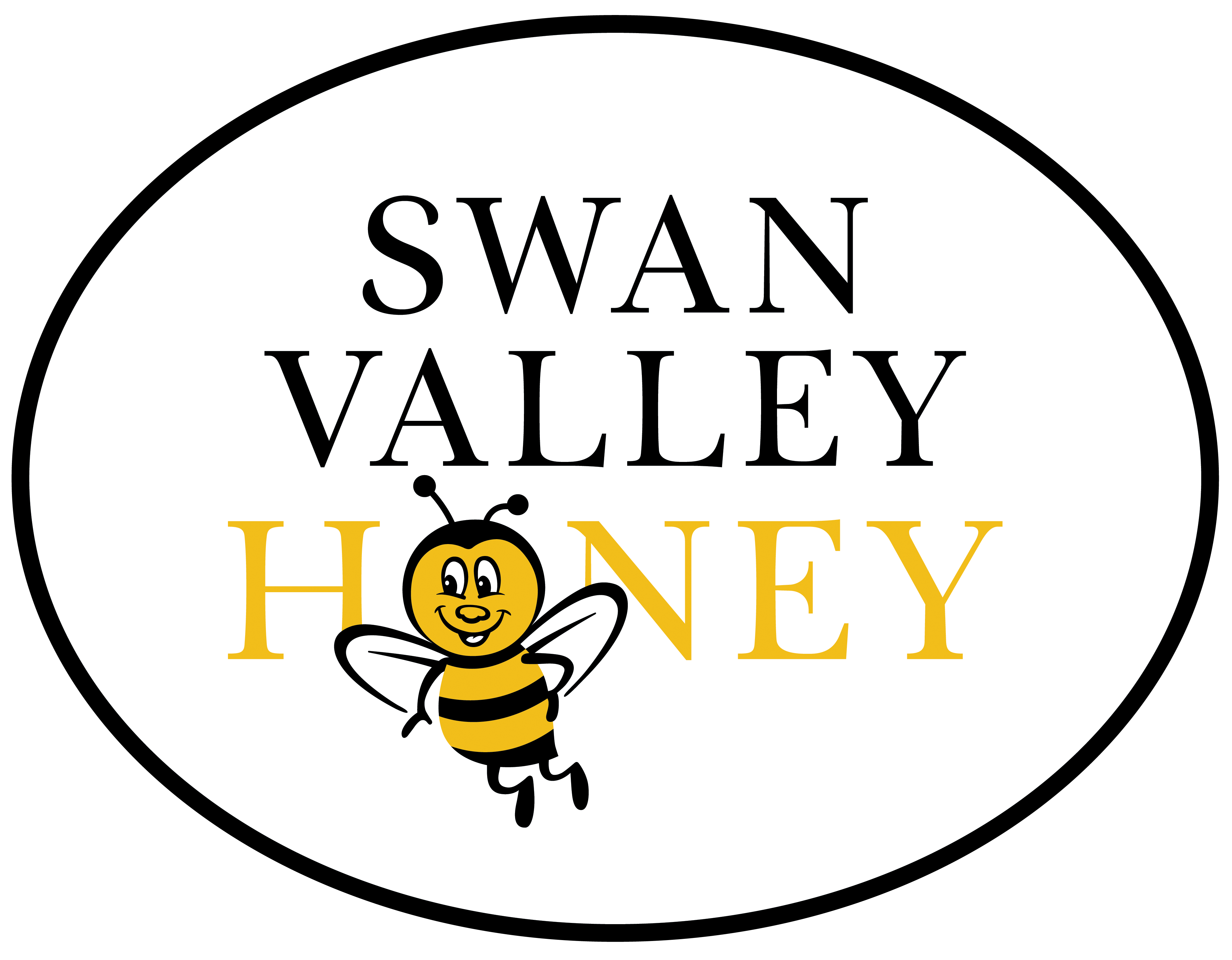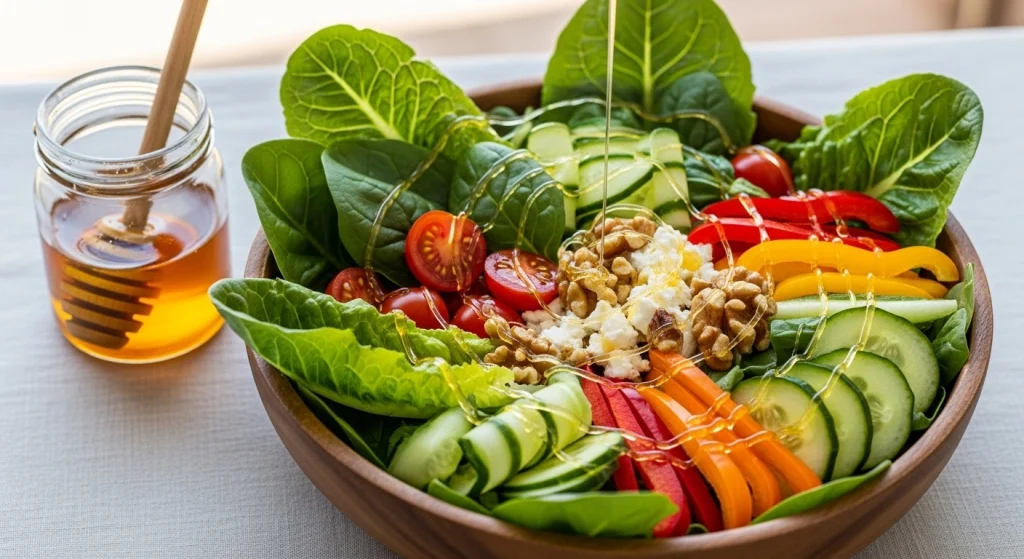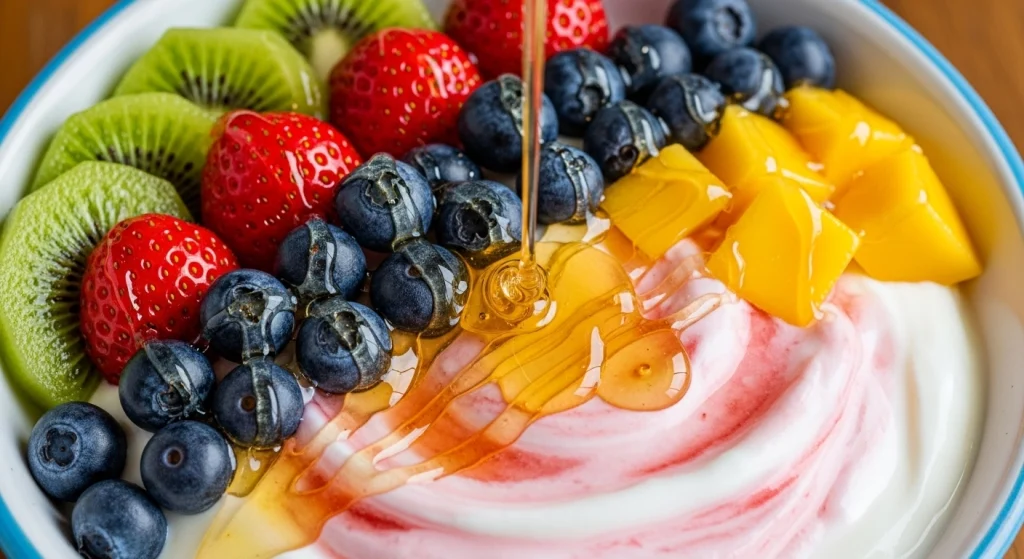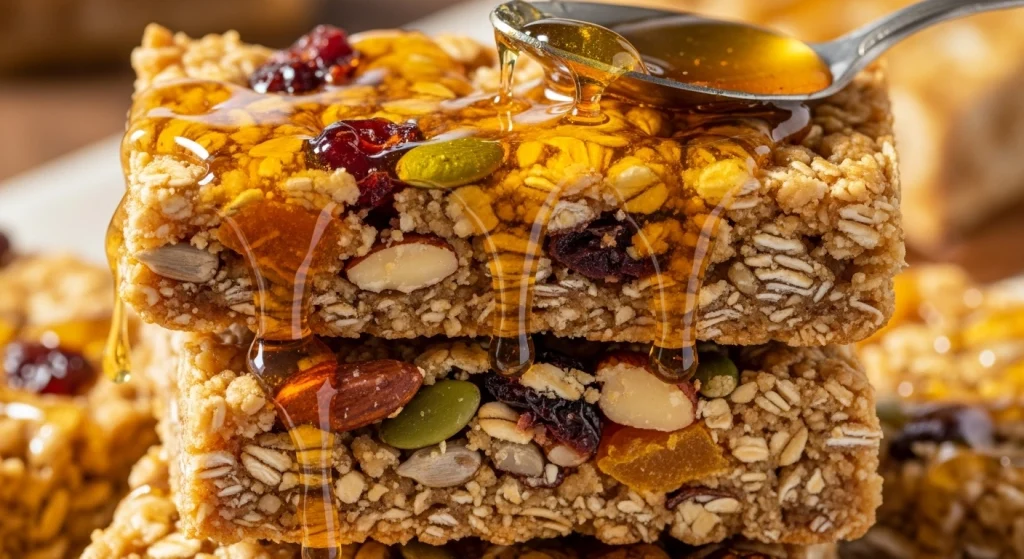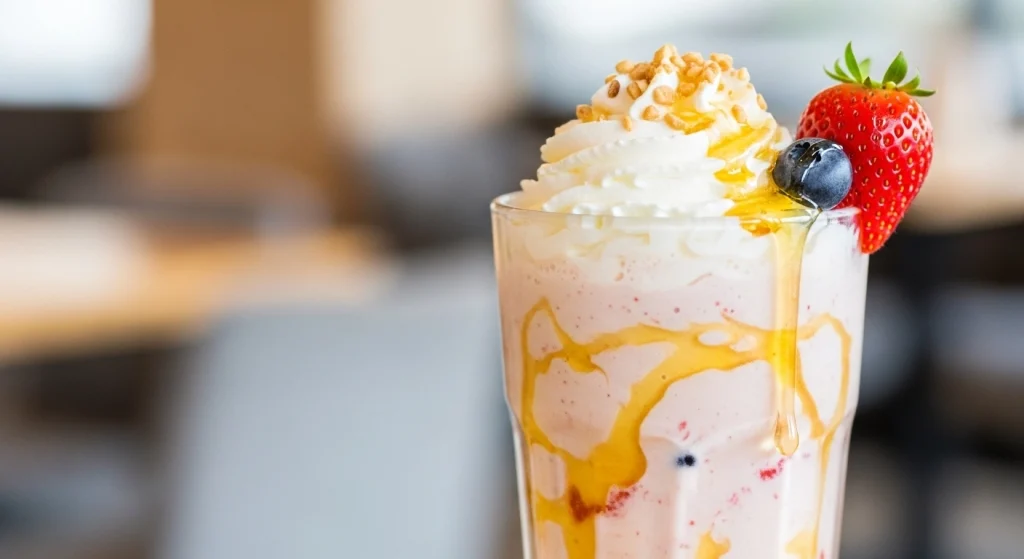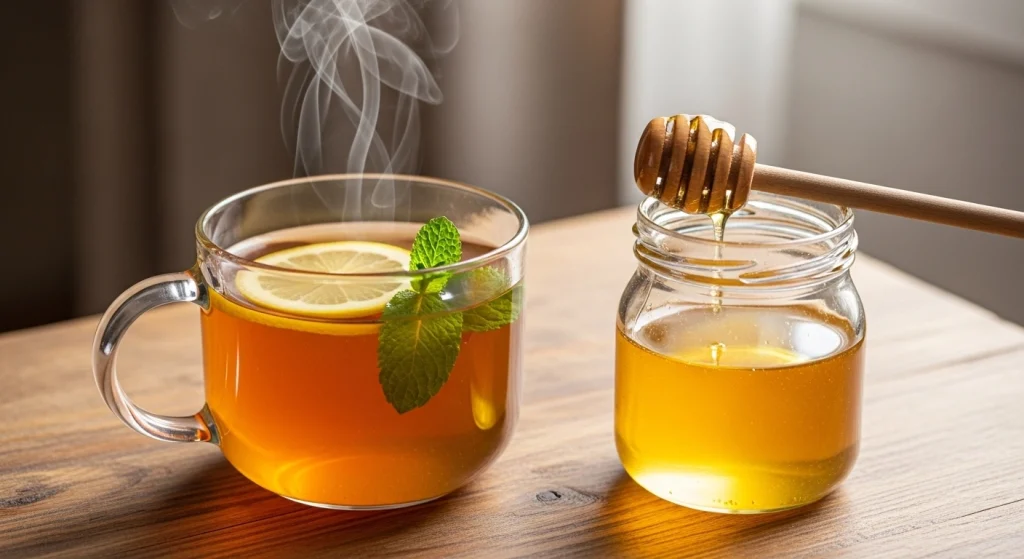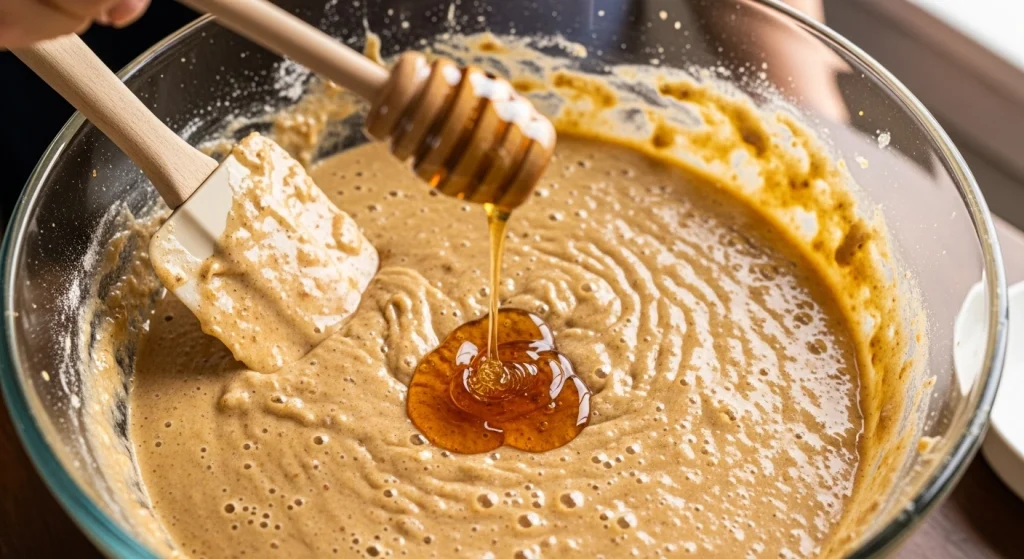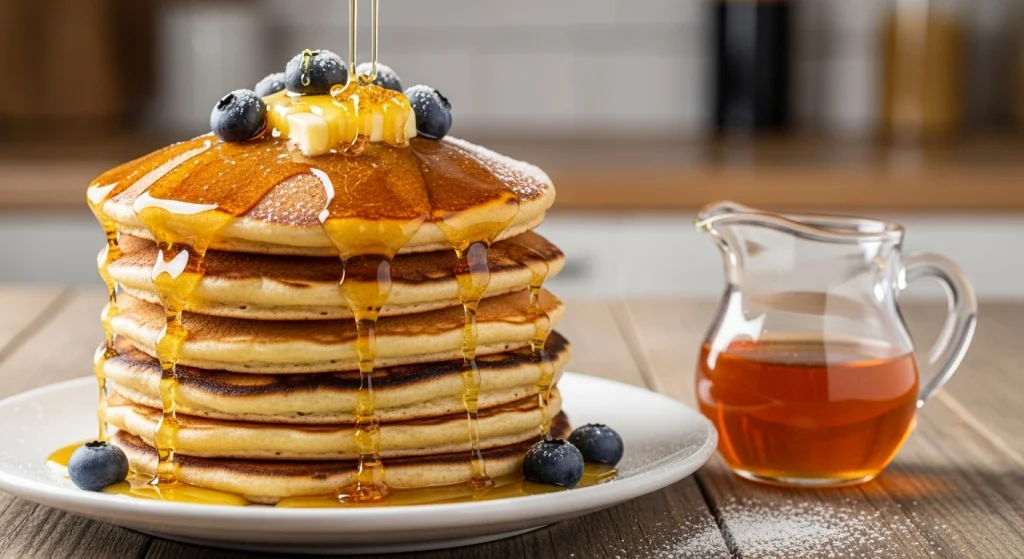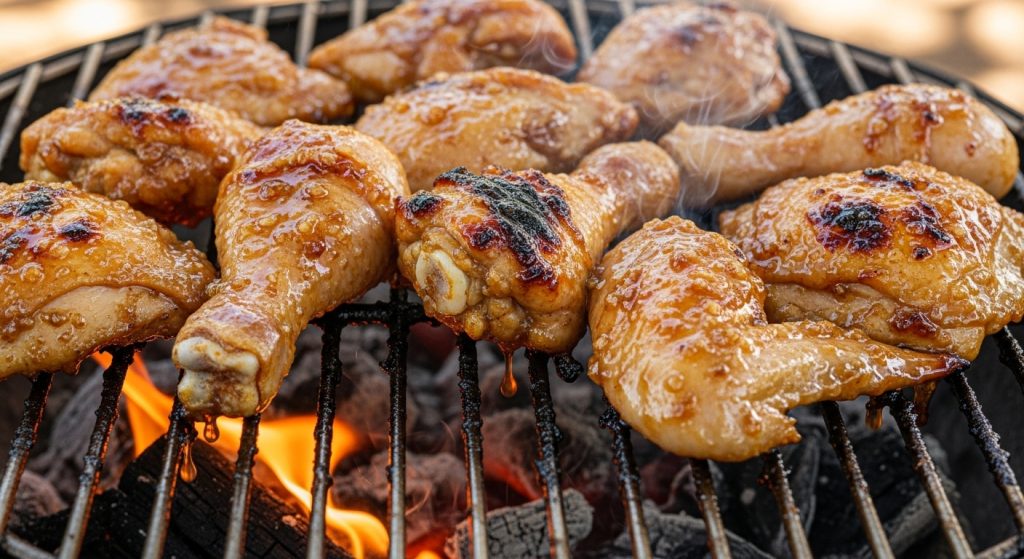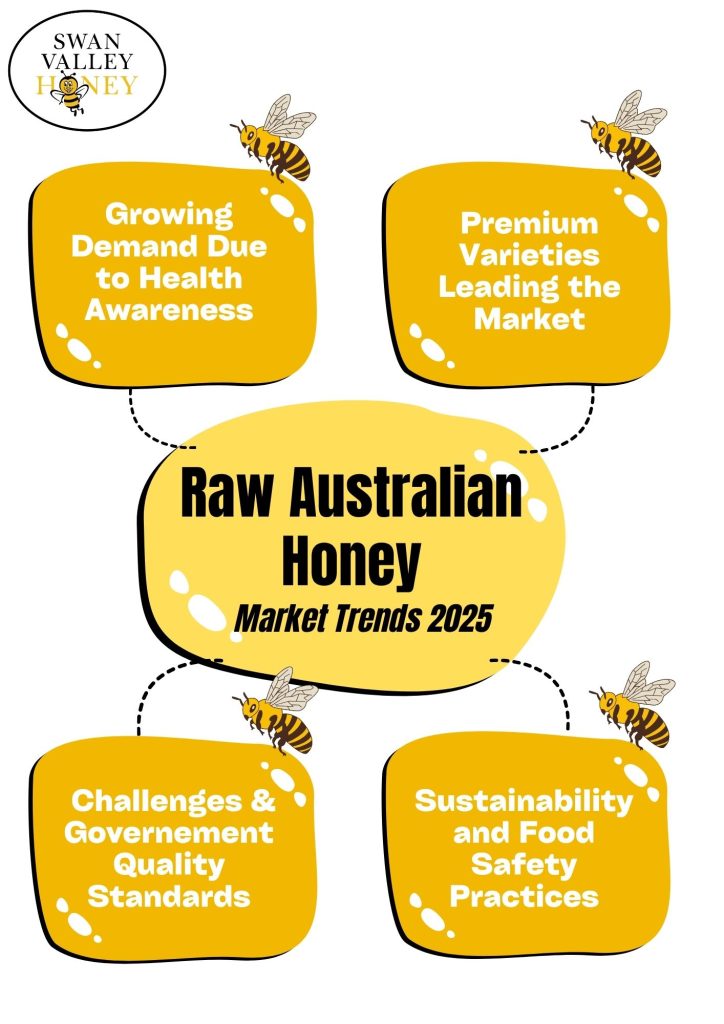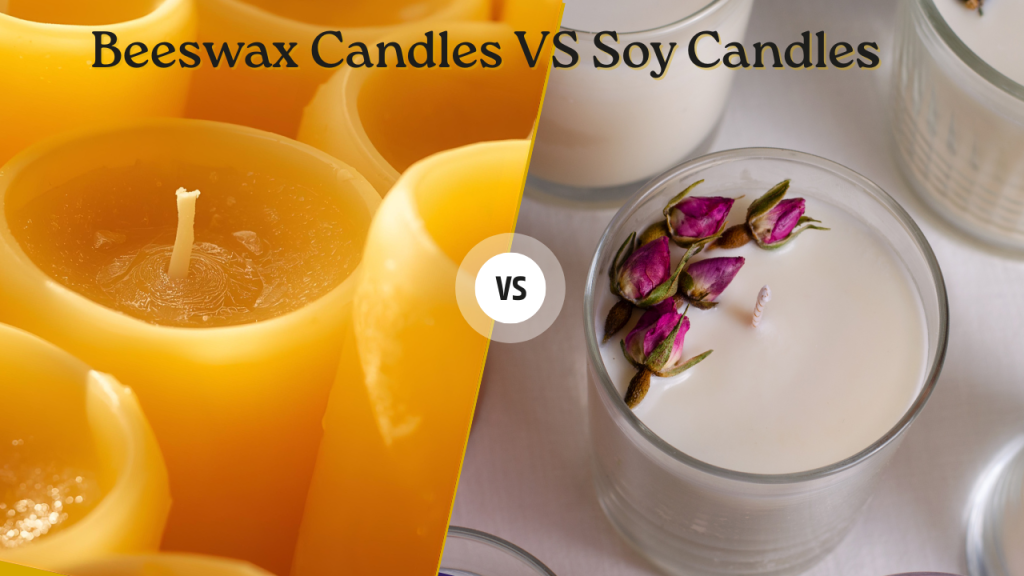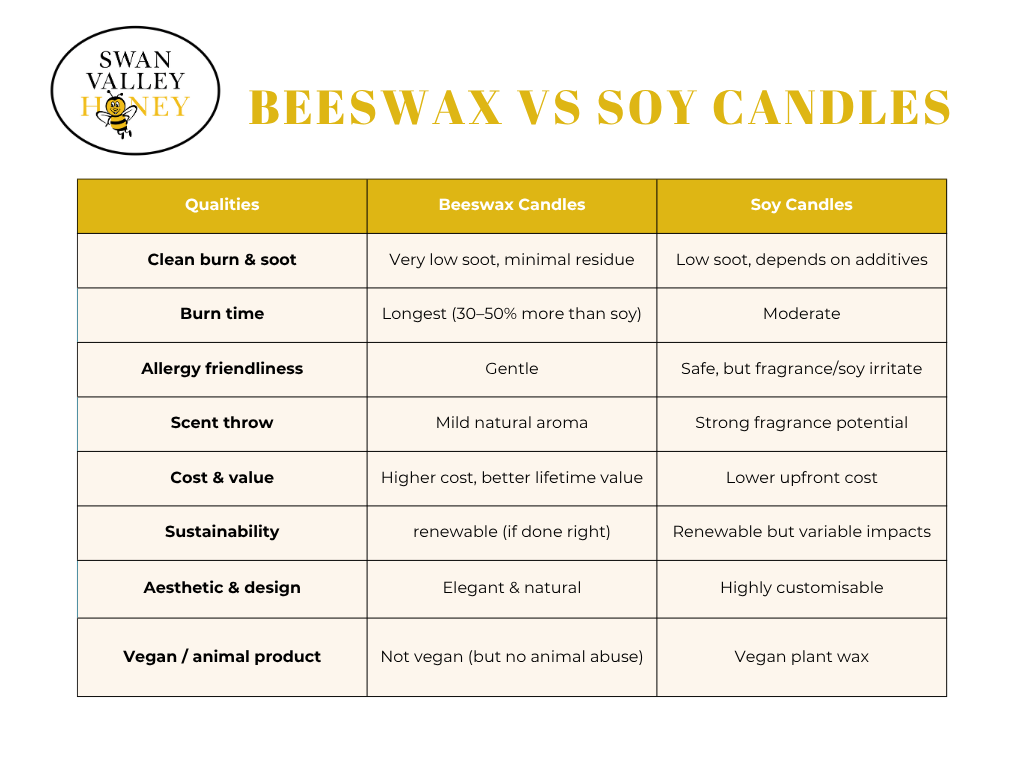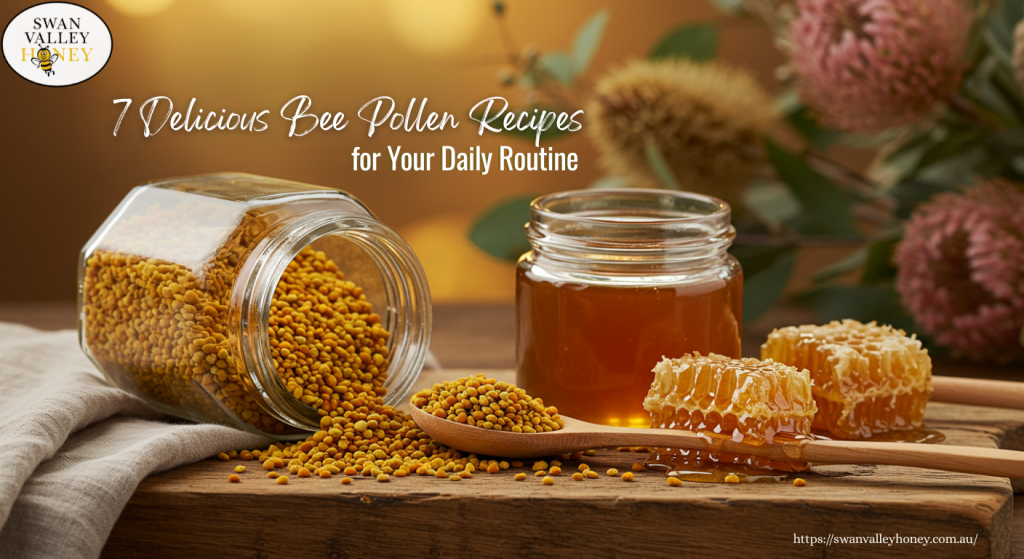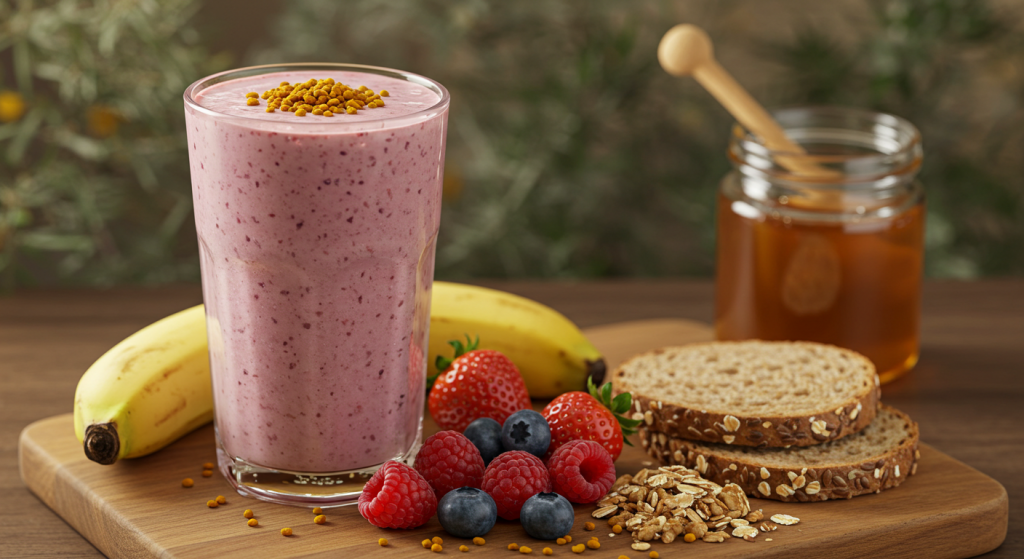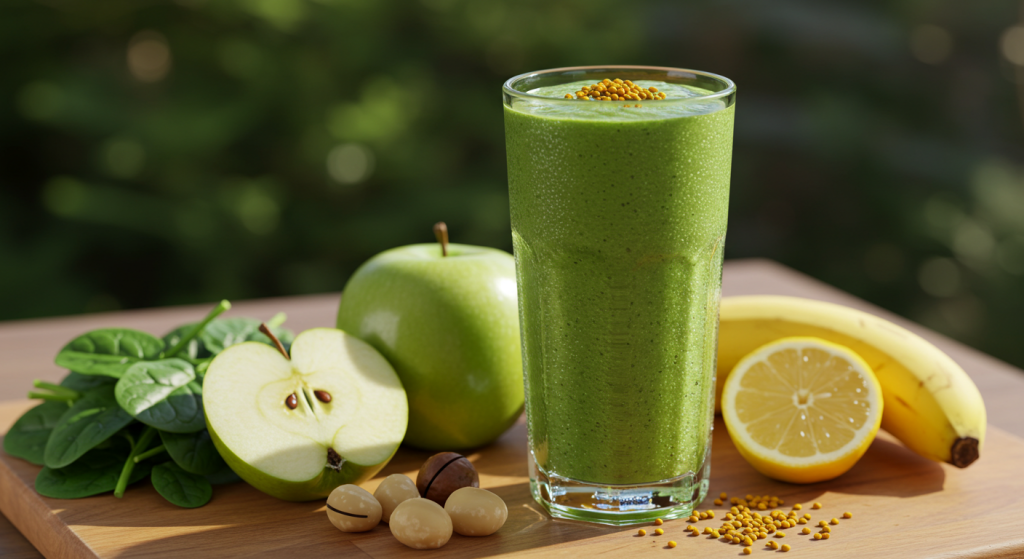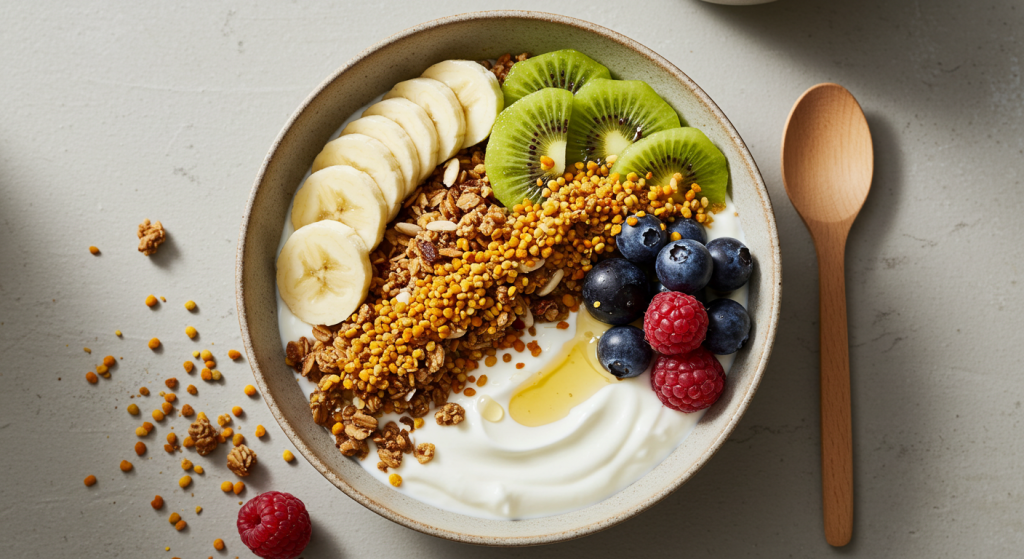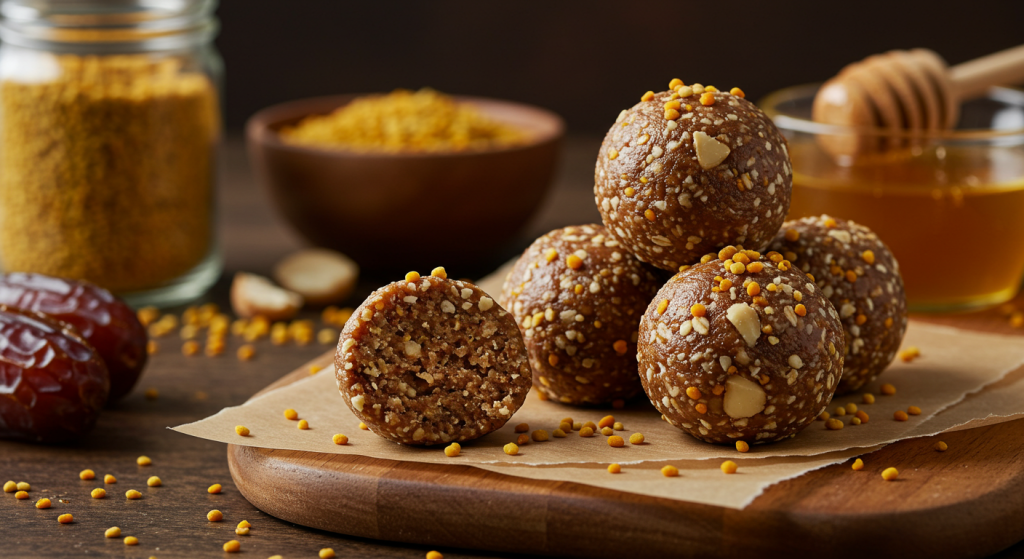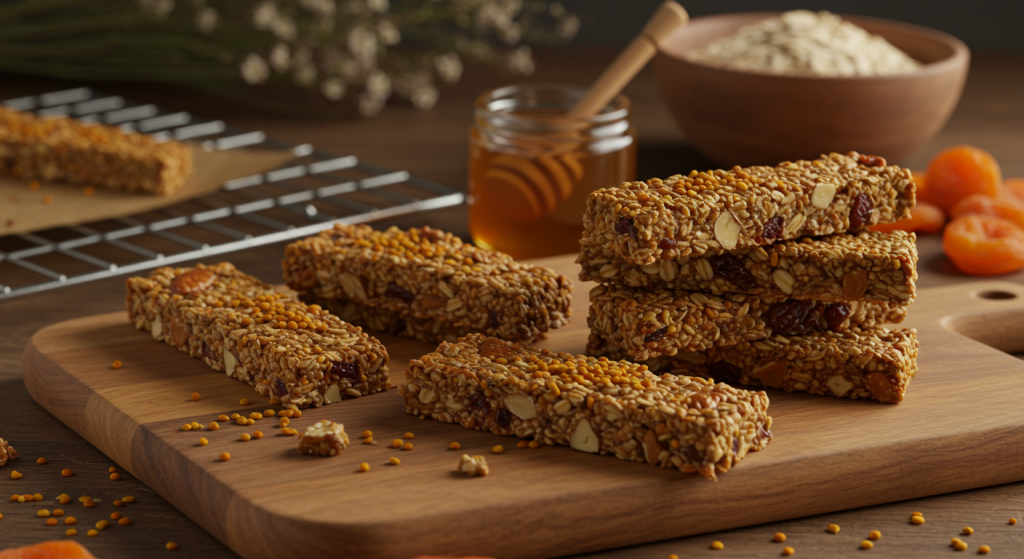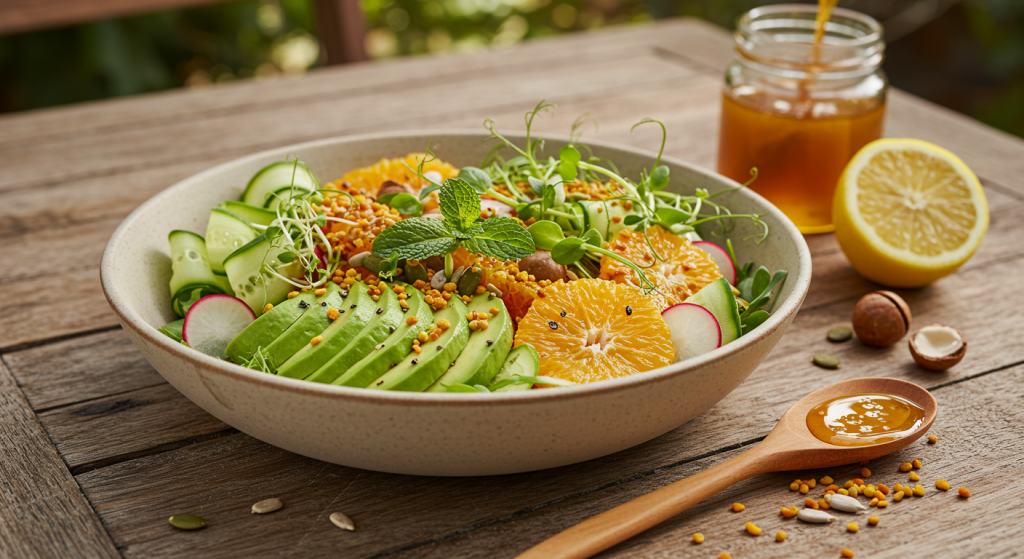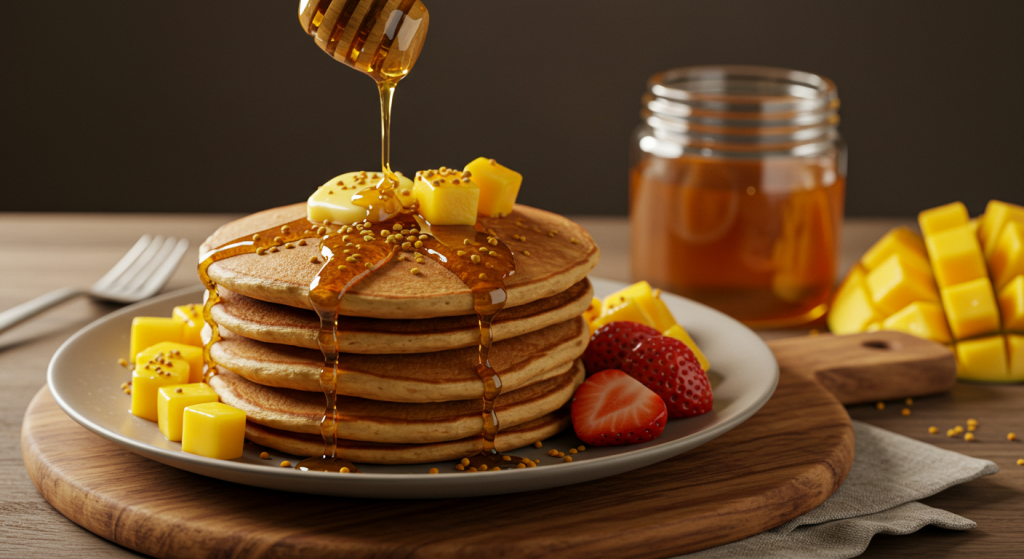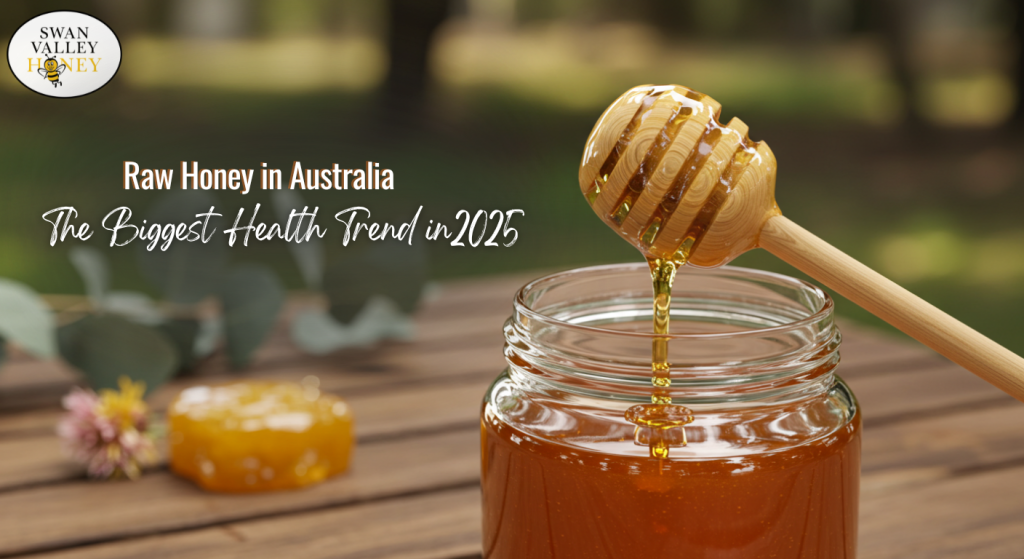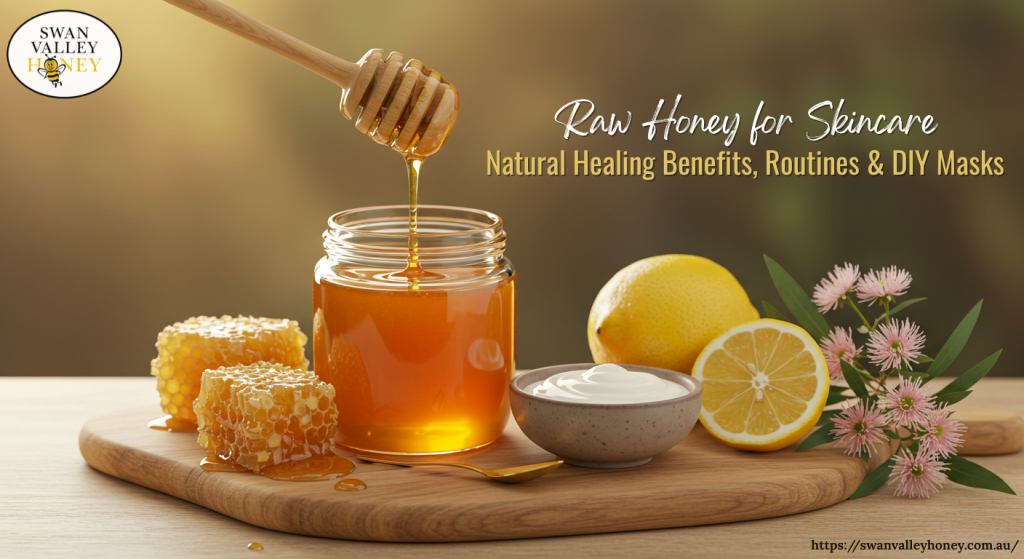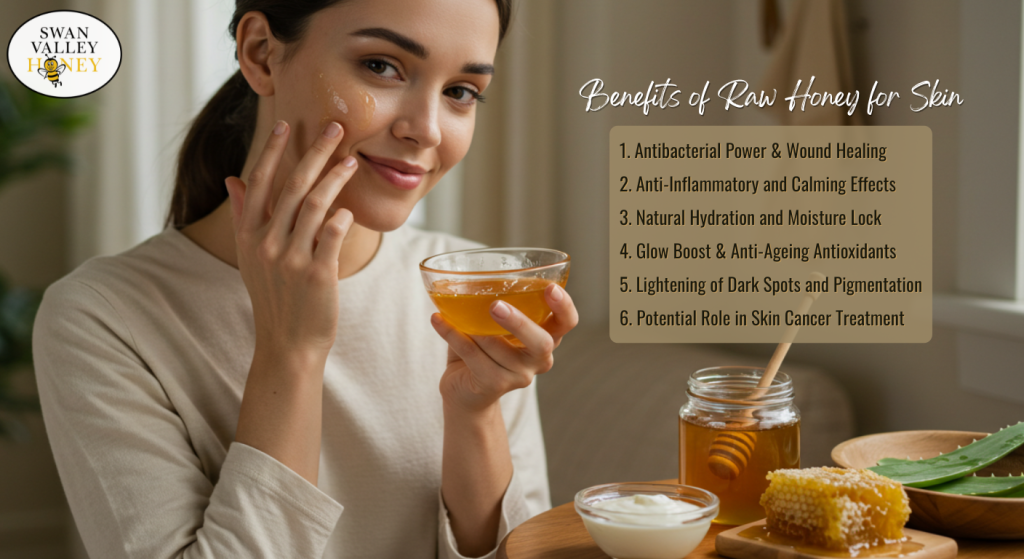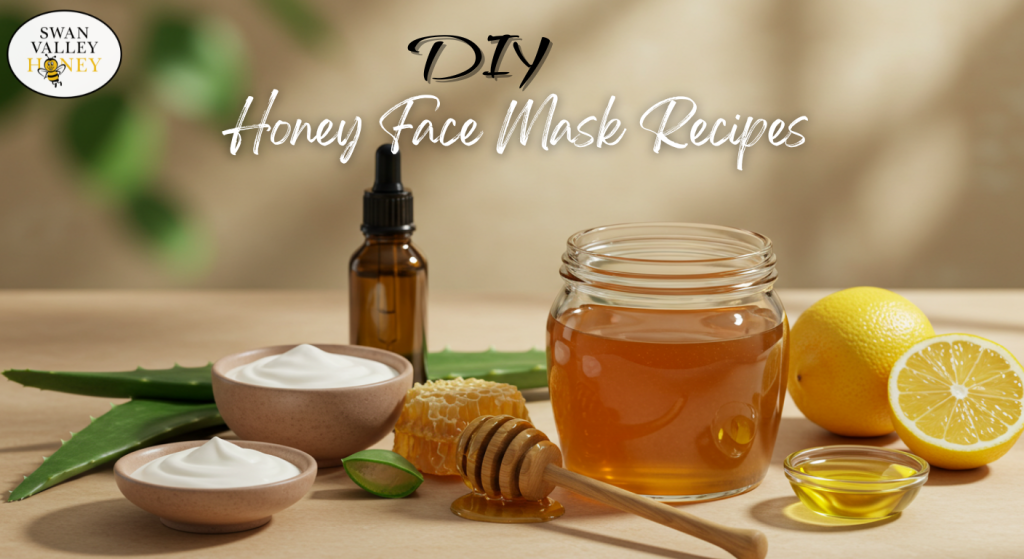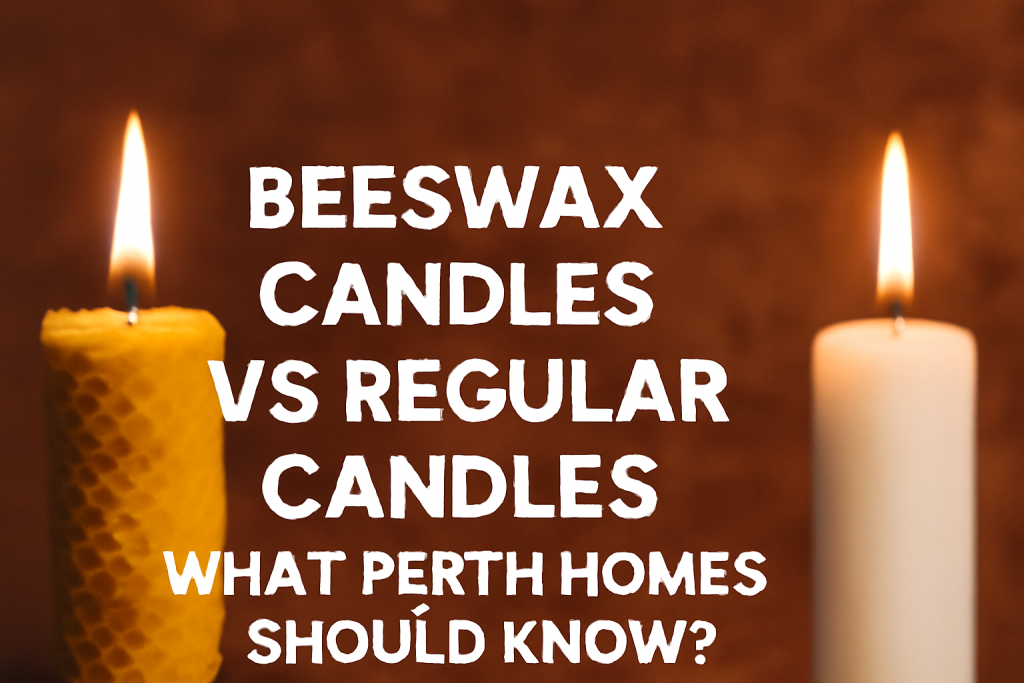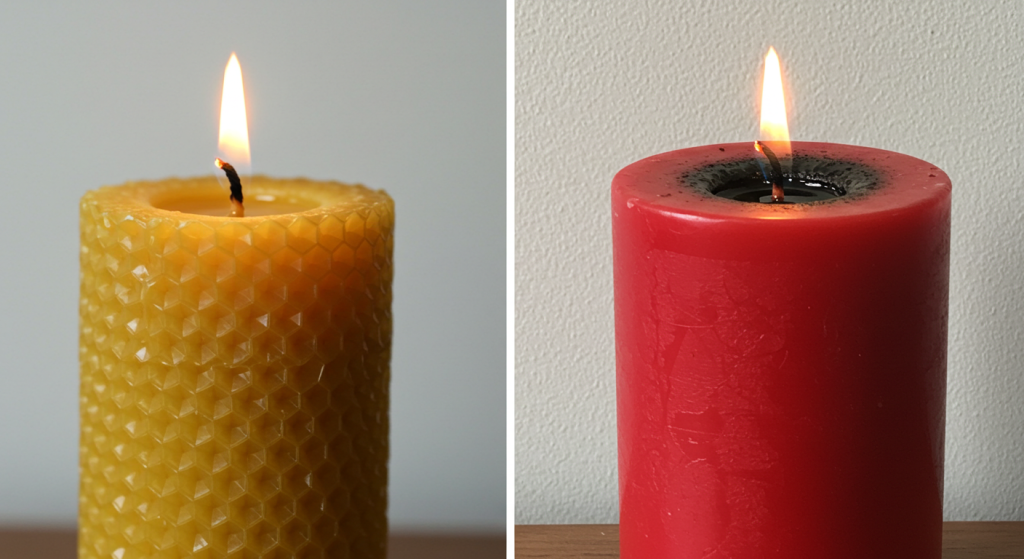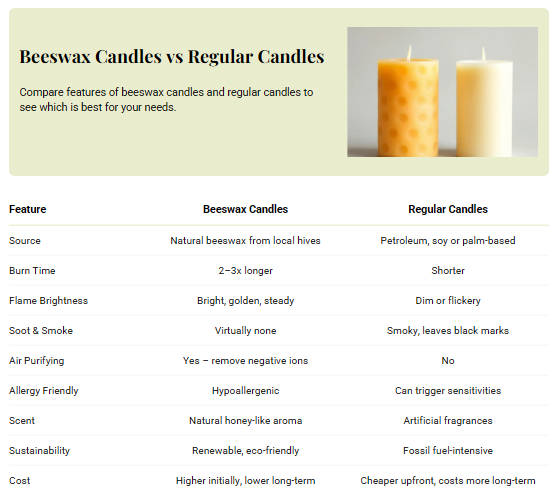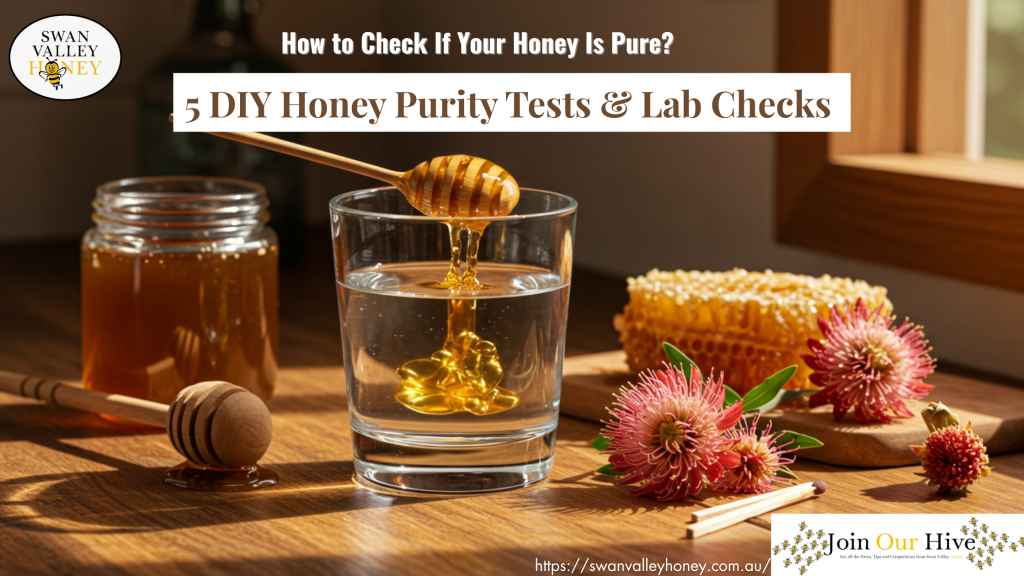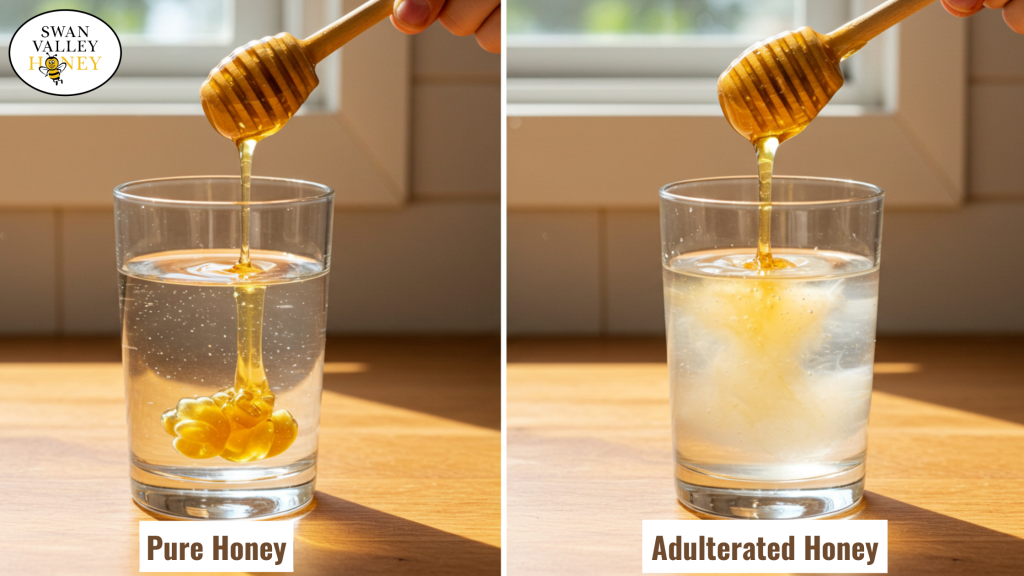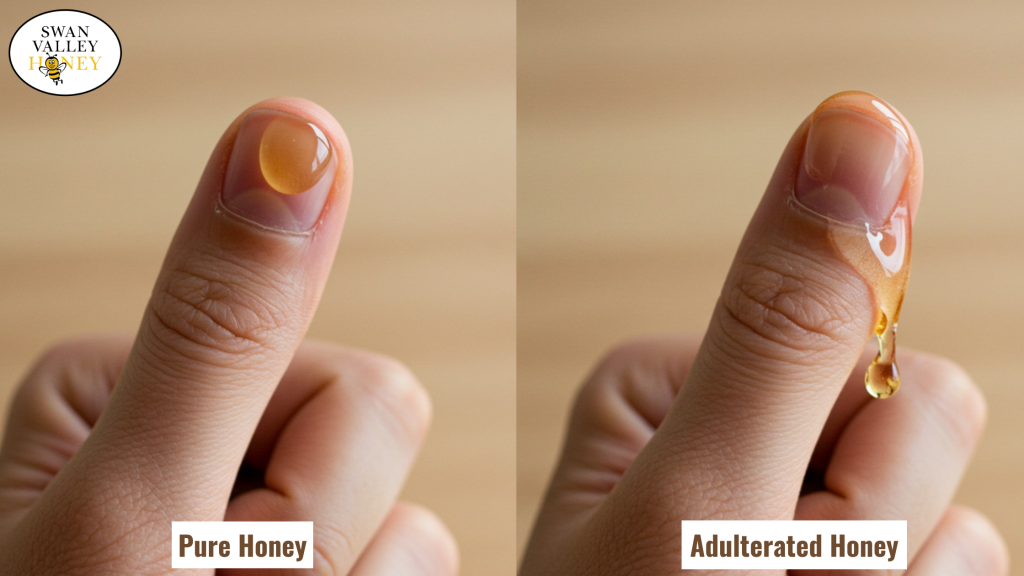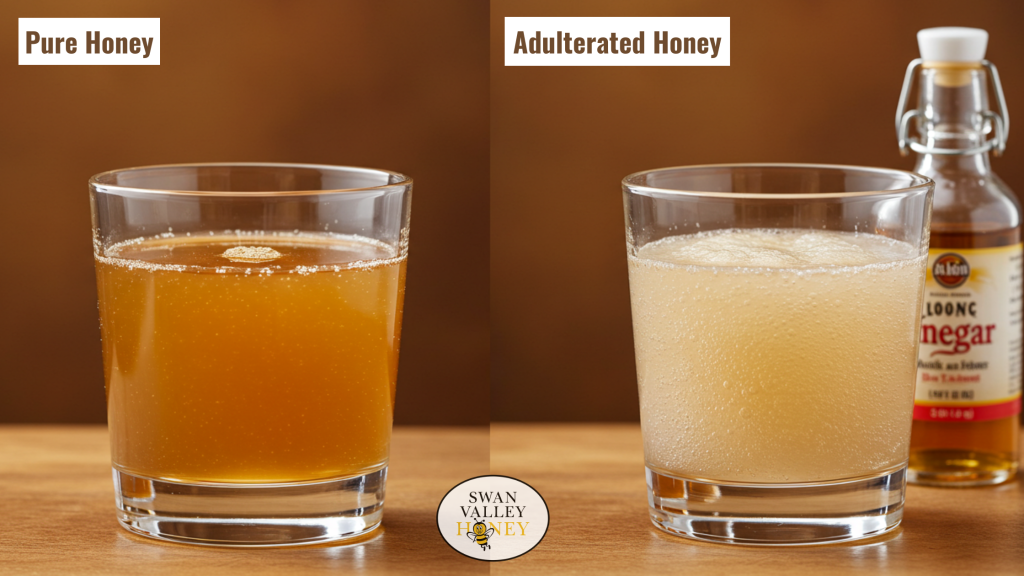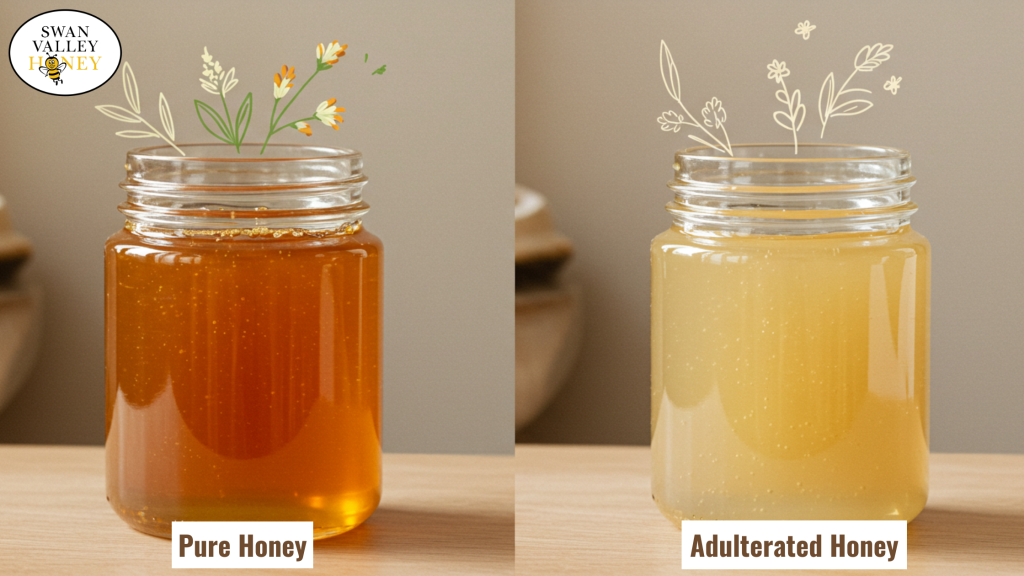The Science Behind Nutritional Power & Health Benefits of Bee Pollen Australia

If you’ve ever browsed natural food stores, you might have seen small jars of golden granules labelled bee pollen. But most customers don’t even know “what is bee pollen?”
In simple terms, bee pollen refers to the tiny grains bees collect from flowers. They mix with their own enzymes and nectar, then bring back to the hive. For bees, it’s their primary source of protein and nutrition.
For us humans, it’s a natural package of nutrients that can add value. Even more value if it is pure, raw and sourced from pristine bushland, as our Western Australian bees produce.
At Swan Valley Honey, we care about what comes from our hives. We’ve been beekeepers for two generations and harvest quality honey from Karri, Jarrah, Redgum, Mallee, Wildflower and Yate blossoms across WA.
So, let’s guide you on what is bee pollen used for and what can you gain from them.
What Is Bee Pollen Australia & is it Good for You?
Bee pollen is the mixture of flower pollen, nectar, enzymes, and honeybee secretions.
Every tiny grain carries essential nutrients that bees rely on for survival. Because Western Australia has some of the world’s cleanest and most diverse flora, bee pollen Australia tends to have particularly rich nutrient profiles.
And yes, it is good for you if used in moderation and sourced responsibly. Bee pollen has long been used as a pollen dietary supplement because of its dense nutrition. But like any food, benefits depend on purity, freshness, and how it’s taken.
Now let’s discuss what is bee pollen made of, that give it such popularity in health sectors.
Bee Pollen Nutrition: 250+ Active Compounds
Scientists describe bee pollen as one of nature’s most nutrient-dense foods. An analysis shows nutrients in bee pollen includes 250+ biological active compounds.
| Component | Description |
| Proteins and amino acids | Essential amino acids that human body cannot make itself. |
| Carbohydrates | Natural sugars and complex carbs for energy. |
| Fats, including healthy lipids and fatty acids | Support cellular and metabolic health. |
| Bee pollen vitamins | Including B-complex, vitamins C, E, and carotenoids (which the body can turn into vitamin A). |
| Bee pollen minerals | Potassium, magnesium, calcium, iron, zinc, and trace elements. |
| Bioactive phytochemicals such as flavonoids, phenolic acids, carotenoids, and antioxidants | Compounds linked with protective effects on cells and overall health. |
What you get depends somewhat on the flowers bees gathered from the bees. So, bee pollen Australia collected from our wild Jarrah forests differ from pollen collected somewhere else. This antioxidant-rich profile is one reason people consider it bee pollen superfood.
Bee Pollen Health Benefits You Should Know
So, what does bee pollen do for your health? Using high quality, raw and unprocessed bee pollen regularly can give you a number of health benefits.
Below are some of the most promising ones.
1- Natural Protection from Free Radical Damage
Bee pollen main use is because of its antioxidants. It protects your cells from oxidative stress. Over time, such stress can lead to chronic inflammation, disease risk & cellular aging. Bee pollen’s antioxidant content neutralises harmful free radicals. So, body stays healthier.
2- Gentle Natural Energy Without the Crash
If you sometimes feel sluggish or drained, bee pollen can help.
The combination of proteins, carbohydrates, B vitamins and minerals supports steady energy levels and overall vitality. Unlike caffeine or sugary energy drinks, bee pollen offers sustained energy because it provides real nutrients that fuel your body naturally.
3- Anti-Inflammatory as Potential Help for Allergies and More
There is emerging evidence that bee pollen’s flavonoids and phenolic acids reduce inflammation in the body. These effects help with mild seasonal discomfort or general inflammatory stress. That’s why, dieticians recommend bee pollen for allergies.
Because inflammation is linked to several health issues from joint pain to digestive stress. So, if it reduces, it means better overall wellbeing.
4- Supporting Heart & Blood Health
Some studies suggest that bee pollen help lower unhealthy cholesterol levels and support healthy blood flow. Over time, it reduces risk factors linked with cardiovascular disease. Even more if you combine it with balanced lifestyle and healthy diet.
Vitamins in bee pollen also support your heart health.
5- Liver Protection & Detox Support
The liver is the body’s detox hub, and bee pollens support its function. In a cell-based research, pollen extracts helped protect liver cells from oxidative damage and reduced fat accumulation in liver models.
It suggests bee pollen help the liver handle toxins and support the metabolic health.
6- Boosting Immunity and Defending Against Microbes
Vitamins, minerals and antioxidants of bee pollen help the immune system stay alert. Studies show bee pollen inhibit bacteria and fungi growth to reduce infection risk. For people living in varied climates or exposed to seasonal challenges, it’s a natural way to support defence.
7- Supporting Recovery, Wound Healing & Skin Health
Because bee pollen brings amino acids, antioxidants and minerals, it supports cell repair and regeneration. Some traditional uses and early lab findings suggest it can aid wound healing and help maintain healthy skin.
8- Help with Hormonal Balance & Age-Related Changes
There’s some interest in using bee pollen to ease menopause-related discomfort or hormonal shifts. While the scientific evidence remains limited, anecdotal reports and traditional use suggest potential benefits when combined with a balanced lifestyle.
How to Eat Bee Pollen to Get its Max Benefits?
There are several ways to add bee pollen to your daily diet. Following are some of the suggestions, that work alongside our pure Western Australian honey:
- Sprinkle ½–1 teaspoon over yoghurt or porridge
- Blend it into a smoothie with fruit and raw honey
- Mix with honey and spread over toast or fruit
- Stir into muesli, cereal or fresh salads
Start with small amounts so your body adjusts, even small dose will offer noticeable benefits.
Important to know: avoid heating bee pollen. High heat like cooking or boiling can destroy the delicate enzymes, vitamins and antioxidants. Store it in a cool, dry place away from direct sunlight. Proper storage helps preserve nutrients and freshness.
Bee Pollen Studies: What Science Says and What’s Still Being Explored?
Ongoing research supports the health effects of bee pollen. For example, a 2023 study on liver cells found that bee pollen extracts helped reduce fat accumulation and protected against oxidative damage. Science supports its status as a functional food.
Studies also shows antioxidant, anti-inflammatory and antimicrobial properties. There is scientific evidence that bee pollens support immune health, skin repair, and wellness.
However, human studies are still limited. Plus, these effects can vary with the pollen’s botanical source, collection methods, and how it’s consumed. That’s why, you should choose pure and well-sourced bee pollen for better potency and safety.
Why Swan Valley Honey’s Bee Pollen Stands Out
When you choose our pollen or honey, you can get a pure supplement. Because our bee pollens tell the story of our bees and our land. Western Australia’s native flora, from Jarrah to Redgum, grows in clean, wild forests, far from urban pollution.
At Swan Valley Honey, we harvest from hives placed around flowering seasons.
So, our bee pollen (and honey) captures the full richness of local blossoms. Plus, we never heat or over-process the pollens. So, the vitamins, antioxidants, enzymes and natural goodness remain intact, just as nature intended.
In Summary: Bee Pollen Is Tiny, But Powerful
Bee pollen seems just small granules. But within these grains, there’s a dense package of nutrients like proteins, vitamins, minerals, antioxidants and more.
It can support energy, immunity, brain and liver health, if you consume it raw and regularly.
Research on its health benefits continues, but the early results look promising. When sourced from natural environments like Western Australia, the quality shines even brighter. So, if you want a natural boost to your diet in a simple and effective way, choose our bee pollen.
Ever Thought of Trying Real Bee Pollen?
Choose Swan Valley Honey for Pure, Raw Bee Pollen & Honey
We’re proud to offer authentic bee products straight from WA’s wild landscapes.
Because we know that when bees forage among clean native flora, the pollen (and honey) they bring back carries nature’s full gift. So, when you buy bee pollen from us, you get a tiny but powerful superfood from Australia’s wild heart.
We invite you to taste the true and unprocessed treasure of nature.
Check Out Our Bee Pollens Australia
Let’s take this journey from hive to home together.
